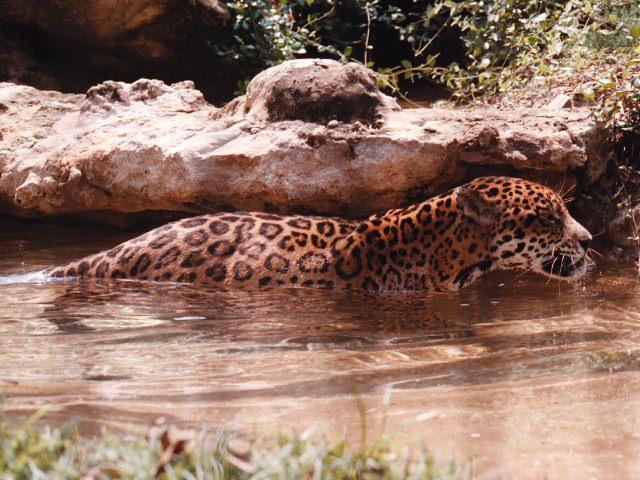Maverick
Top Poster
- Joined
- Mar 8, 2013
- Messages
- 10,652
- Reaction score
- 26,523
Someone just killed one of the last remaining jaguars in the US
http://www.foxnews.com/science/2018/06/29/someone-just-killed-one-last-remaining-jaguars-in-us.html
http://www.foxnews.com/science/2018/06/29/someone-just-killed-one-last-remaining-jaguars-in-us.html

 I think I'm going to go after poachers and taxiderm them for my mancave.
I think I'm going to go after poachers and taxiderm them for my mancave.
